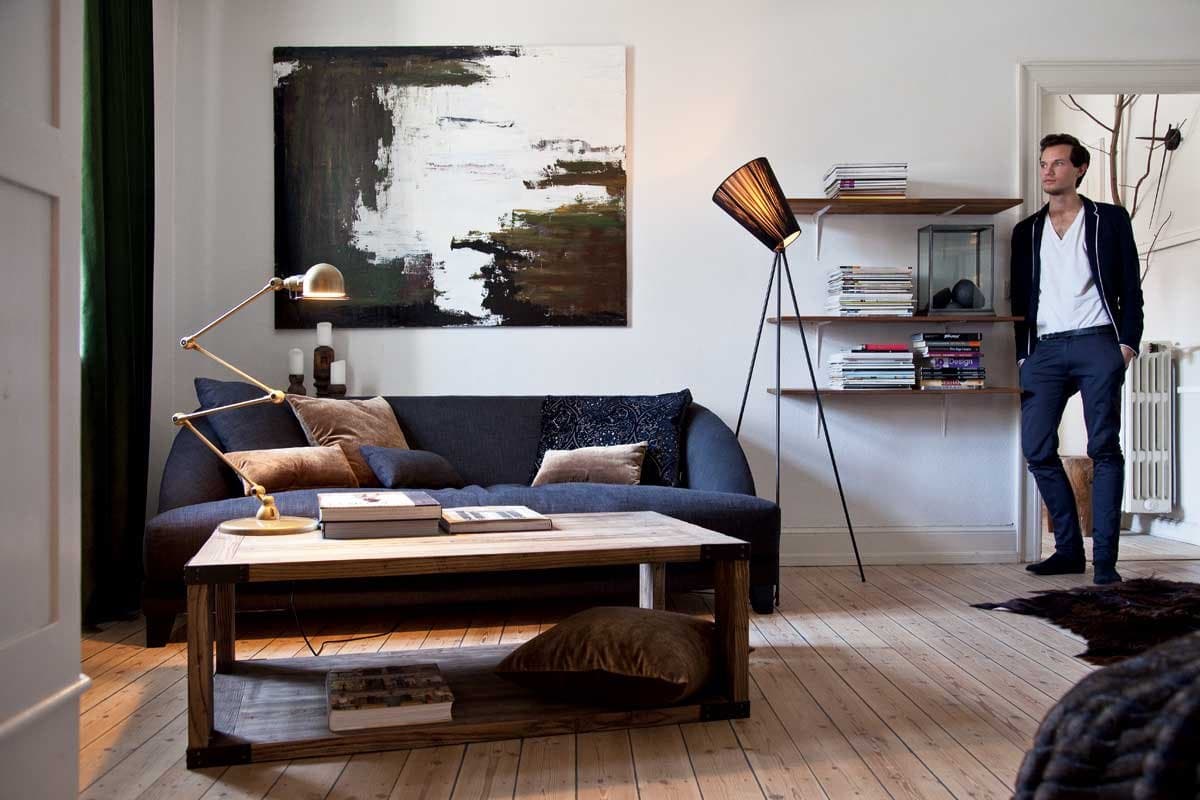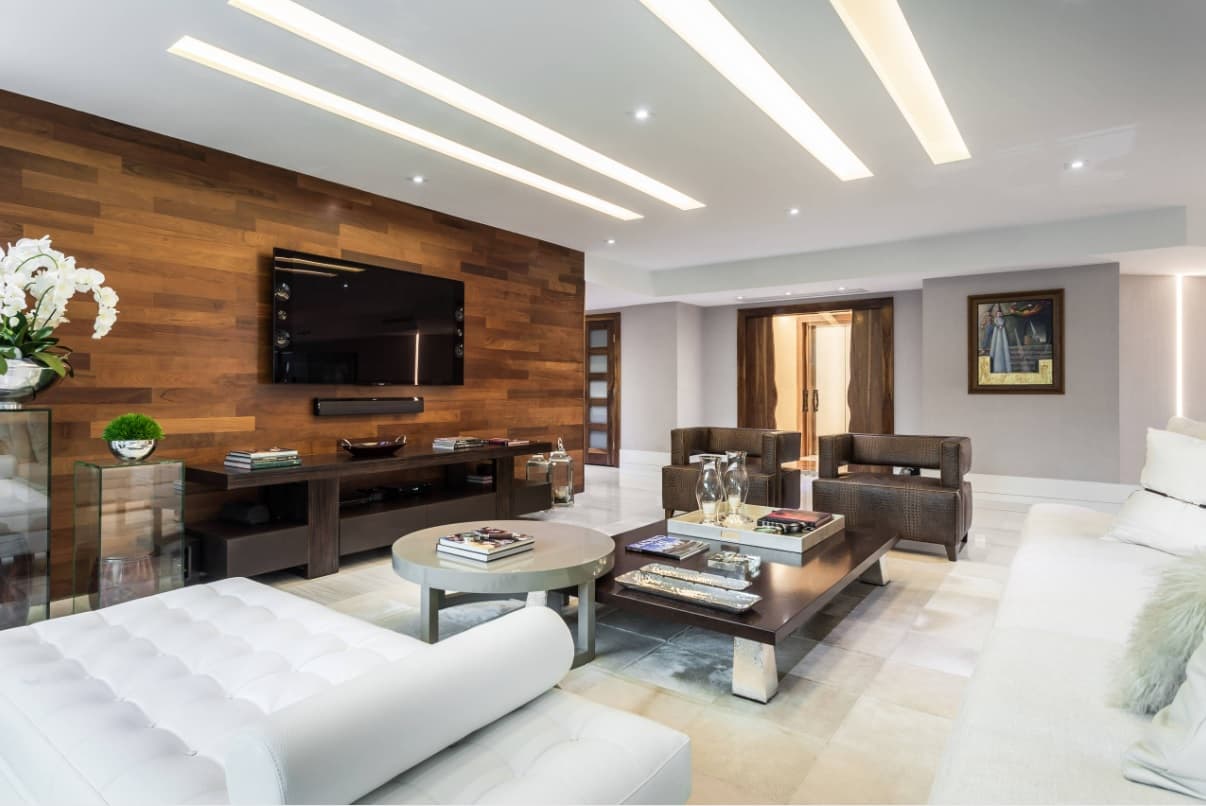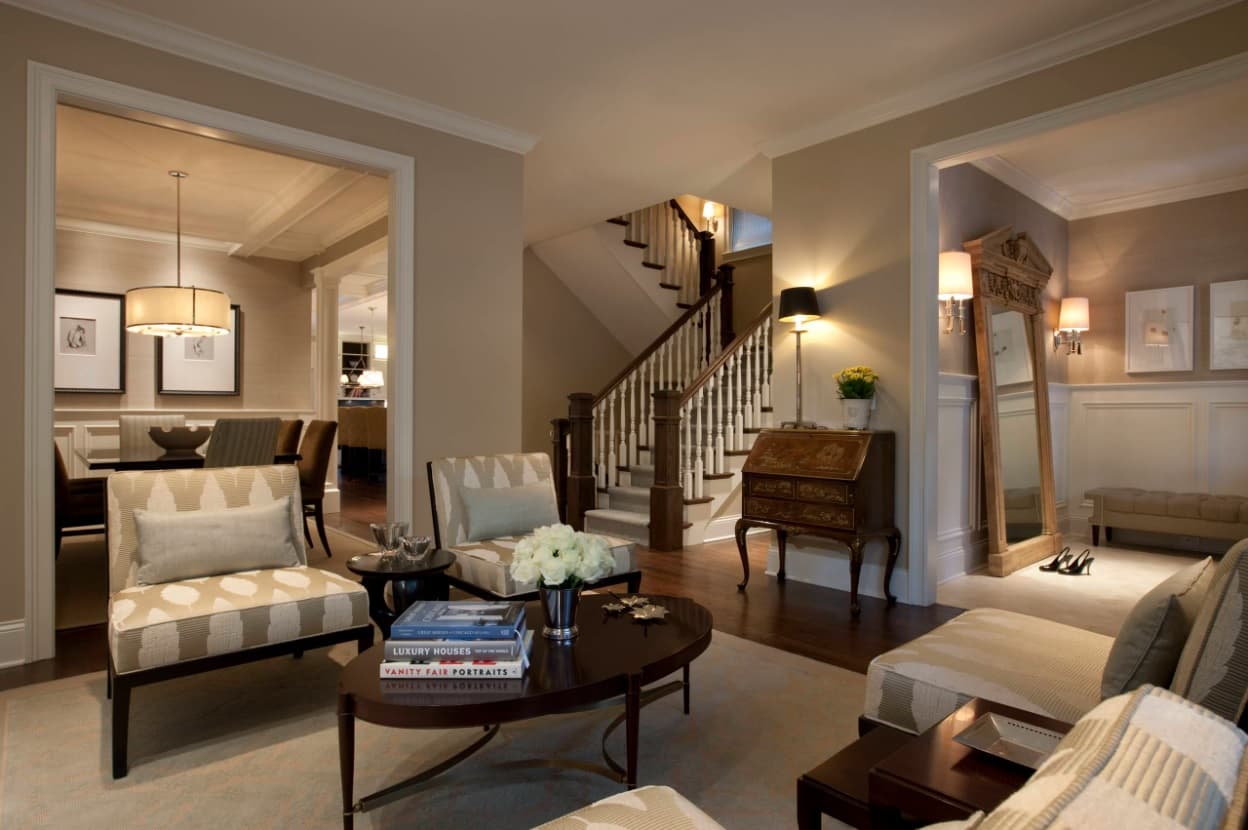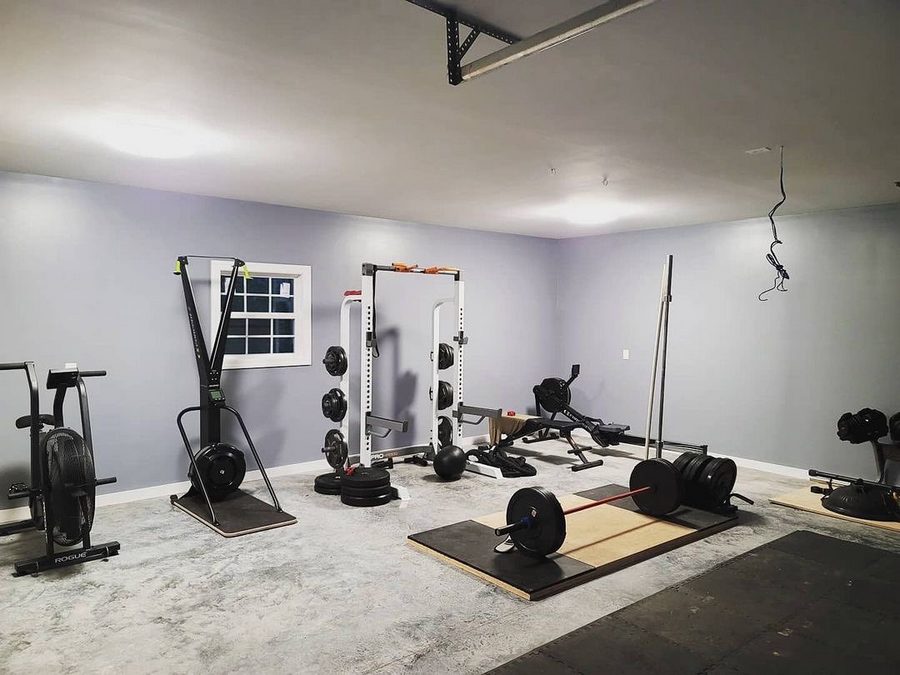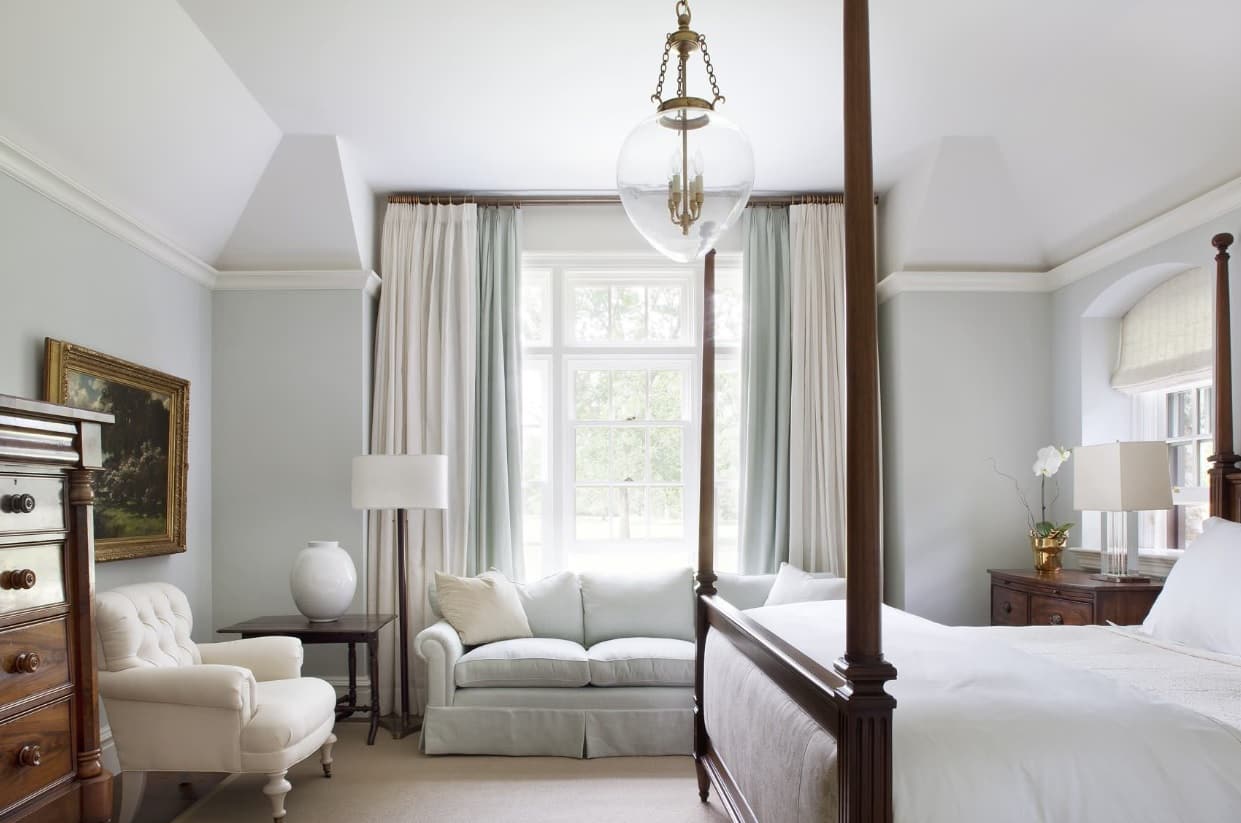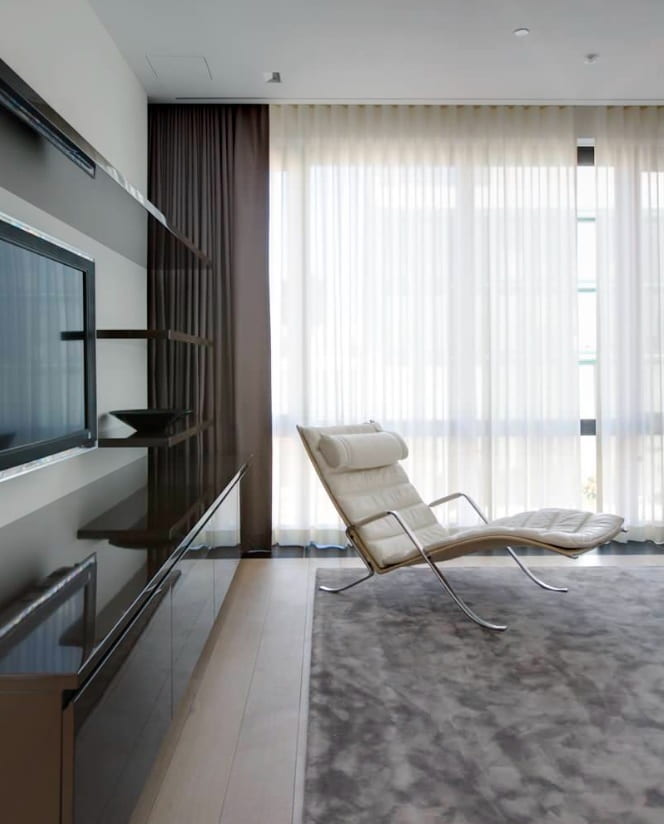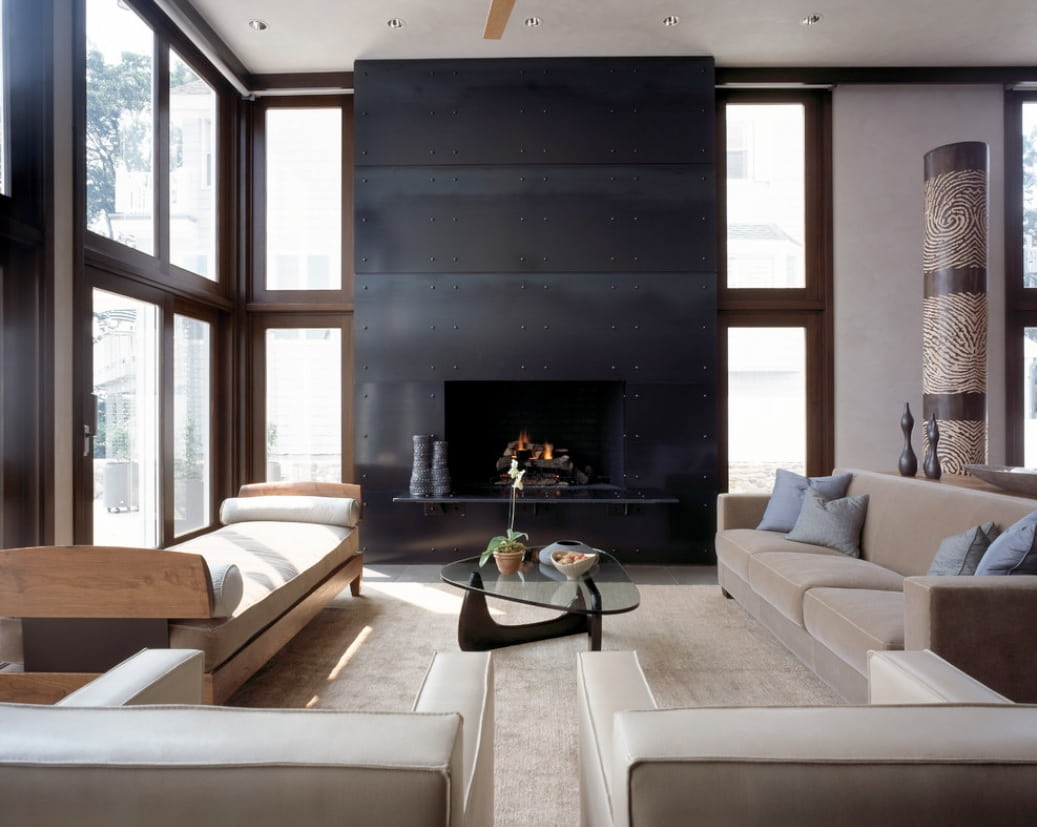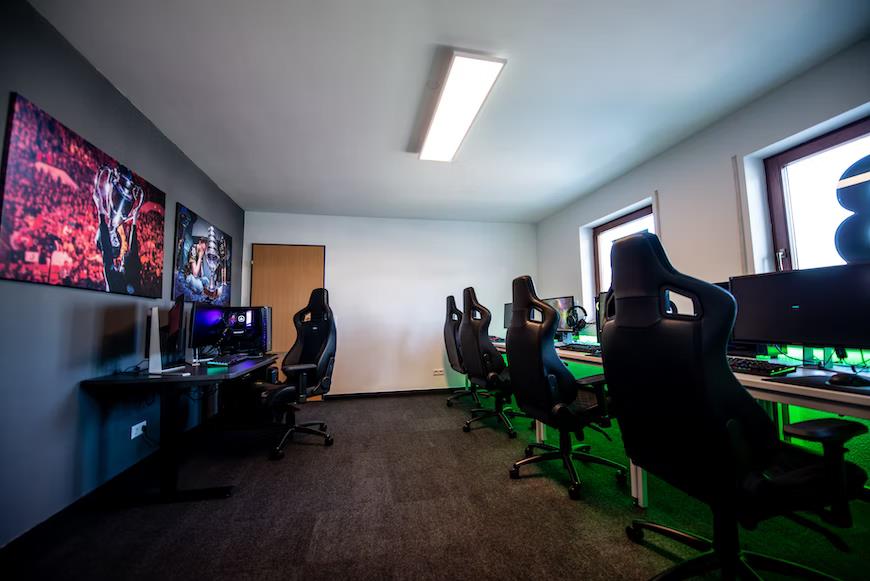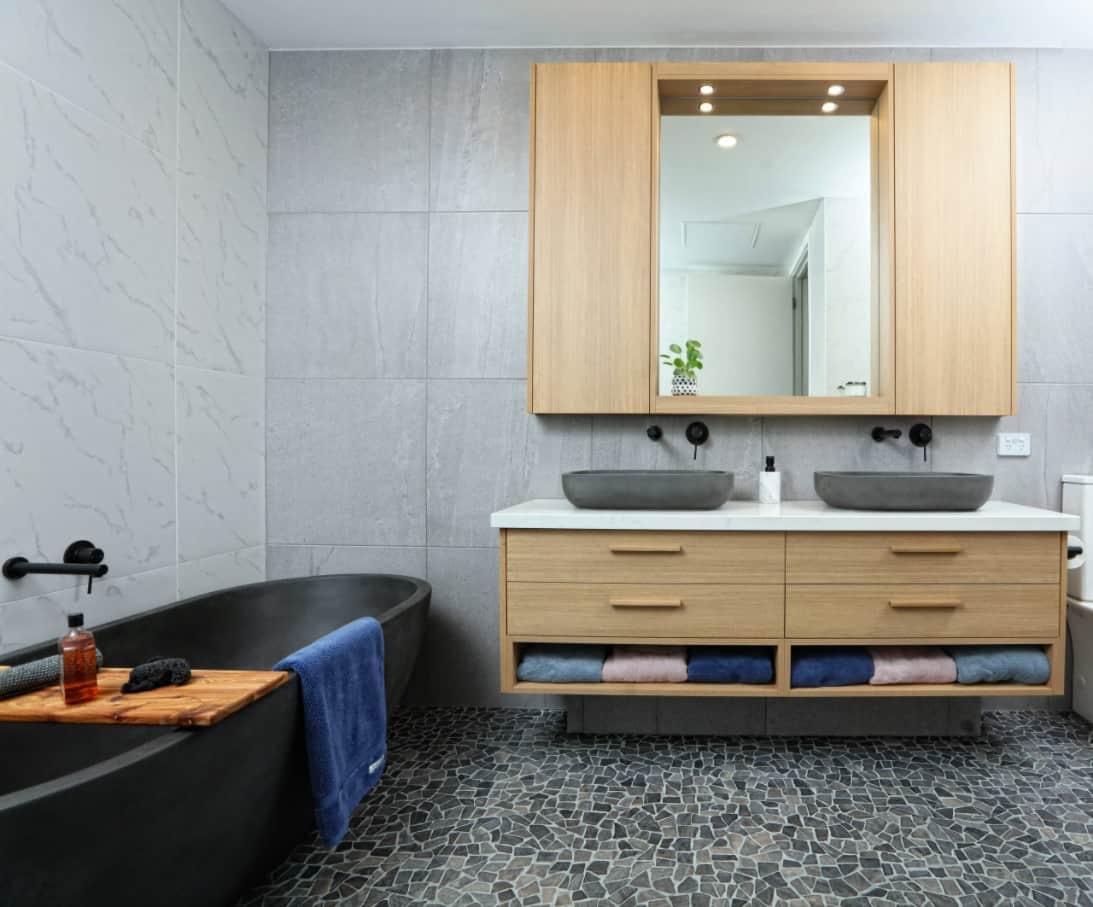Many residential interior designers are particularly drawn to this industry because they can make an everlasting impact on their clients’ lives by designing an intimate space that creates a calming, peaceful, and enriching environment for all who enter the room. The interior design can directly affect mood and well-being, as some colors, textures, and patterns can elicit an emotional response in people, bringing on feelings of peace, creativity, or energy. What does this have to do with mental health, though? Is it possible that interior design has a positive impact on mental well-being? Keep reading to learn more.
What is Interior Design?
With the goal of curating a visually pleasing environment, the intricate process of interior design is nothing short of an art and a science. With factors such as the combination of materials, colors, textures, and patterns, along with the manipulation of positioning, lighting, and intermixing of different styles, interior design can follow many rules… or none at all. There are many different styles of interior design, which can have specific patterns, furniture, and colors associated with that particular style. Some of these styles include:
- Scandinavian Interior Design
- Modern Farmhouse Interior Design
- Bohemian Interior Design
- Mid-Century Modern Interior Design
- Industrial Interior Design
- And more!
These styles are changing every day, and people are making them unique to their living spaces. Because interior design is an art as much as it is a science, you can follow these styles as loosely or closely as you like.
How Does Interior Design Work?
Decorating a space with a client is more of an intimate process than one would think. The interior designer will ask the client several questions while brainstorming ways to make their space functional, yet aesthetically pleasing. The interior designer takes multiple factors into consideration when decorating:
- What will the room be used for
- What kind of styles does the client like
- Colors that the client like
The interior designer will typically create a style guide that features the color scheme, patterns, and layout of the room. Then, the designer can use a program to develop the room digitally before presenting it to the client. The designer will discuss things like:
- Budget
- Time constraints
- Room Dimensions
After the final designs have been approved, the designers and subcontractors will begin working away at the room until the final product has been achieved.
Why Interior Design is Important
Outside of the most practical reason – making a room more functional for its purpose – an efficiently decorated room can boost productivity, creativity, and clear thinking. These things can help guide us to a better mood, promote better sleep, relieve stress, and so much more. Because a properly designed room is easier to keep clean and maintain, it takes a whole plethora of chores off our plate so that we can really enjoy our time.
How Interior Design Affects Mood
Creating a space in which you and your company enjoy being in evokes fulfillment and satisfaction. The interior design of a room can soothe or disrupt the senses, which can bring the entire body into equilibrium, including mood. The organization of a room can influence a particular response in our subconscious mind, whether we find peace among minimalistic decor or find energy within a more maximalist approach.
How Interior Design Affects an Individual’s Brain
Many experts claim that interior design has a direct influence on our psychology. Because colors and patterns can impact an individual’s emotions, the way our surroundings are decorated can bring out positive or negative thoughts and feelings. For example, the color blue has been said to suppress appetite, making it not an ideal color to decorate your kitchen with. Colors like red and yellow, which you see in many fast food logos for this reason, are said to encourage hunger and entice the individual to eat more. Many interior designers use this to their advantage and choose colors to optimize the functionality of the room they are decorating.
So, How Does Interior Design Affect Mental Health?
Clutter
Clutter can leave us feeling agitated and anxious, which may be contributing to our overall mental health more than we realize. Many studies have proved that clutter within the most used rooms of your home can provoke high-stress levels. This makes sense if your furniture layout makes your home difficult to navigate around.
Space
The same result applies to the spaciousness of your home. Cramped, small places can leave us feeling trapped and uncomfortable. This doesn’t necessarily mean we need to upgrade to a bigger apartment or house. The way our furniture is laid out can make a huge difference in the illusion of space within our living areas.
Balance
One of the most important aspects of interior design is balance. When furniture or colors feel like they don’t match or belong, we immediately pick up on it. That oddball piece of furniture sticks out like a sore thumb and our eyes immediately gravitate toward it as we enter the room. This can throw our emotional equilibrium off, making us feel off-balanced and unable to focus.
Lighting
Lighting is another important factor that affects our mental health. The lack of sunlight in our living space leaves our home feeling dark, dreary, and depressing. The absence of light in our lives can absolutely bring out negative emotions, making us feel tired and unmotivated.
Conclusion – What is Interior Design and How Does it Affect Mental Health?
The interior design of a space has a direct impact on our mental health, overall mood, and well-being. There are multiple factors of a room that affect an individual’s mind – clutter, space, lighting, color, and layout. If you’re finding that the most used living spaces in your home are negatively impacting your mood, it might be time to update the interior design. Do some research on popular interior design styles or contact your local interior designer today!

